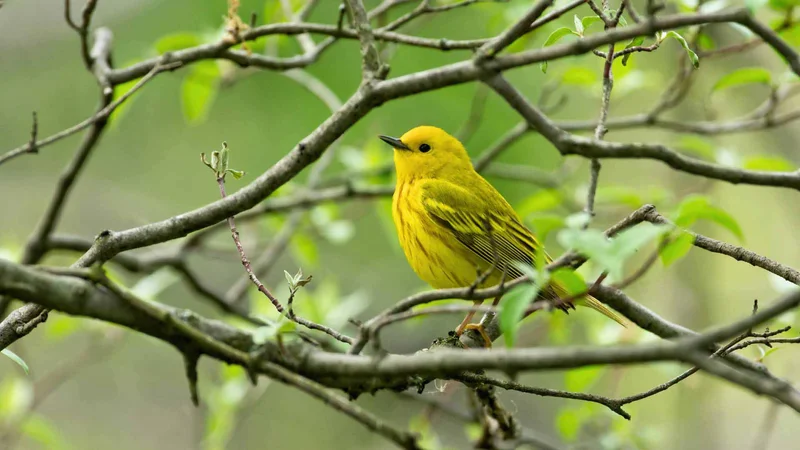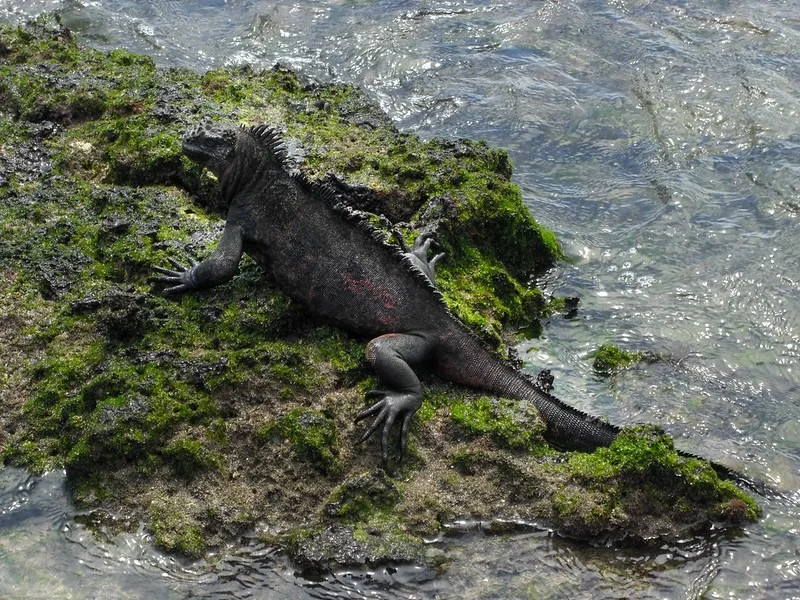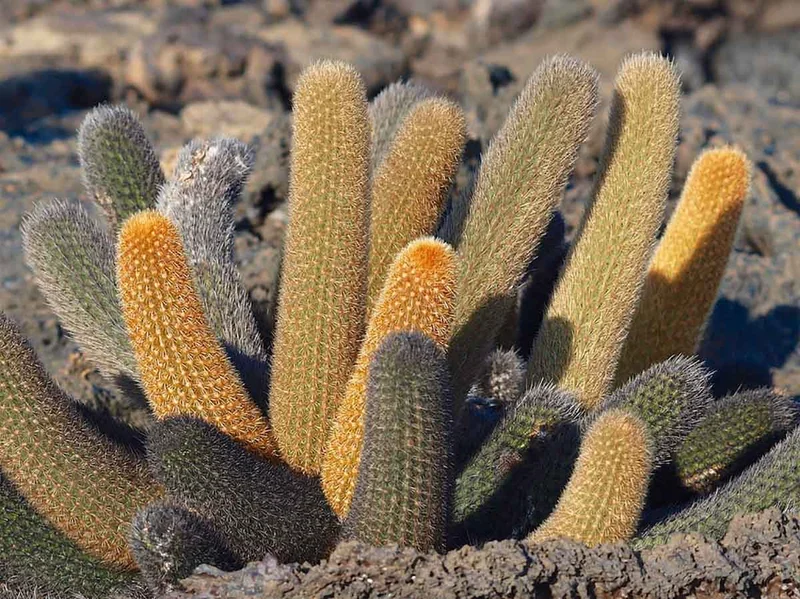
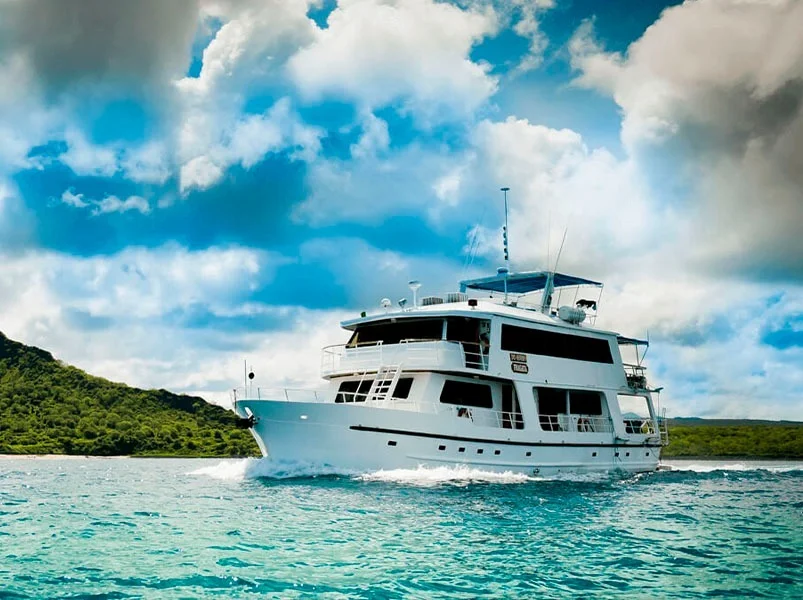
The 4-day Galapagos itinerary highlights the unique landscapes, wildlife, and history of the islands. From spotting giant tortoises in the highlands of Santa Cruz to snorkeling at Rabida Island’s maroon beaches, every day offers unforgettable adventures. The tour includes visits to Isabela’s historic Wall of Tears, Cerro Dragon’s land iguanas, and Black Turtle Cove’s serene mangroves.
4 Day Galapagos Itinerary
Day 1: Baltra Airport & Santa Cruz Island: Hacienda Primicias
This island was a strategic point during the Second World War. It is the main airport for the Galapagos Islands where tourists and colonists arrive and depart. At the Arrival at Baltra Airport, our naturalist English speaking guide will assists you. Transfer to the yacht. Welcome and briefing.
Santa Cruz Island: Hacienda Primicias
After lunch, visit to Hacienda Primicias to see the giant tortoises in their natural habitat. The tortoises are easy to spot, lumbering around eating grass and leaves and wallowing. Some highland birds, like cattle egrets, mockingbirds, finches or flycatchers can be seen here. After the hike return to the yacht. Dinner and briefing for next day.
Day 2: Isabela Island: Tintoreras, Breeding Center Arnaldo Tupiza, Humedales & Wall of Tears
Tintoreras
After breakfast, Tintoreras is located south of Puerto Villamil. It has a small bay of completely calm turquoise waters, where you can appreciate sea lions, sea turtles, marine iguanas, rays, etc. The bay is connected to a crevice of crystal clear water, that’s shallow and when the tide is low, the entrance closes. In this crevice, you can see how reef sharks swim along with other small fish and sea lions. Lunch on board.
Breeding Center Arnaldo Tupiza
This center has a captive breeding program for tortoises from the populations of southern Isabela.
Humedales
Disembark (dry landing), walk for about 30 mins. This area is characterized by sandy beaches, rocky shores, and mangroves. The area has a number of trails where you can see all four species of mangroves found in Galapagos and also migratory birds: whimbrel, short-billed dowitcher, wilson’s phalarope, common tern, blue-winged teal, osprey, black-bellied and semipalmated plovers, greater and lesser yellowlegs to name a few.
Wall of Tears
By bus to Wall of tears a sad reminder of the history of Isabela. The wall was constructed between 1946 and 1959 while Isabela was a penal colony. As punishment the prisoners were forced to build the wall from huge blocks of lava. The wall is named for the many convicts that died while building the wall. Dinner and briefing for next day.
Day 3: Rabida Island & Santa Cruz Island: Cerro Dragon
Rabida Island
After breakfast disembark (wet landing) in one of the most colorful and volcanically varied islands in the archipelago as well as a great snorkeling site. We will start on Rabida’s famous maroon sandy beach and after an easy hike (1 km aprox) will arrive to a stunning lookout to enjoy the amazing landscapes.
The island is a birdwatcher’s delight. Some of the rarest species are in abundance, such as nine varieties of finches, Large-billed Flycatchers, Galapagos Hawks and Brown Pelicans. Lunch on board.
Santa Cruz Island: Cerro Dragon
After lunch, dry landing at a dock, the walk takes you to a hypersalinic (saltier than the ocean) lagoon behind the beach, often frequented by flamingos, common stilts, pintail ducks and other species of birds. There is a short walk to the hill, which rewards with a great view of the bay and a nesting site of land iguanas. Many of the Iguanas that nest here have been repatriated by the Charles Darwin Research Station. Dinner and briefing for next day.
Day 4: Santa Cruz Island: Black Turtle Cove – Transfer out
After breakfast a dinghy (panga) visit to Black Turtle Bay (Caleta Tortuga Negra). This is very close to Baltra. It is very special due to its lovely beach with sea lions and its clear, calm water. Black (Pacific Green) Turtles and many different types of birds can be seen feeding here as you are paddled around the beautiful lagoons hidden in the mangroves. After this visit transfer to Baltra Airport by bus for your return flight to Guayaquil/Quito
This is the end of the trip.

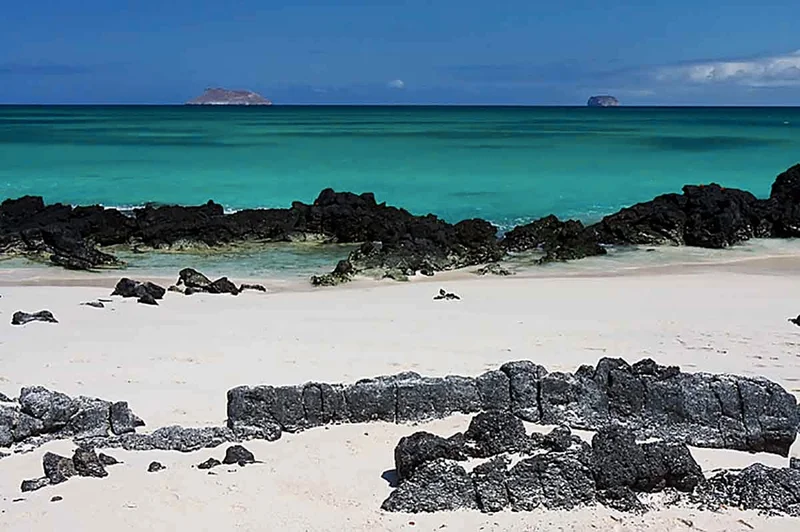



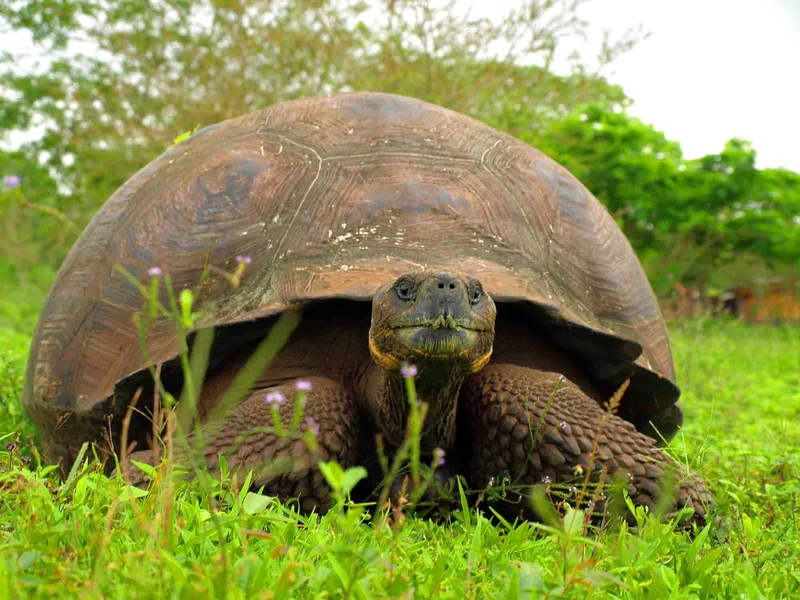

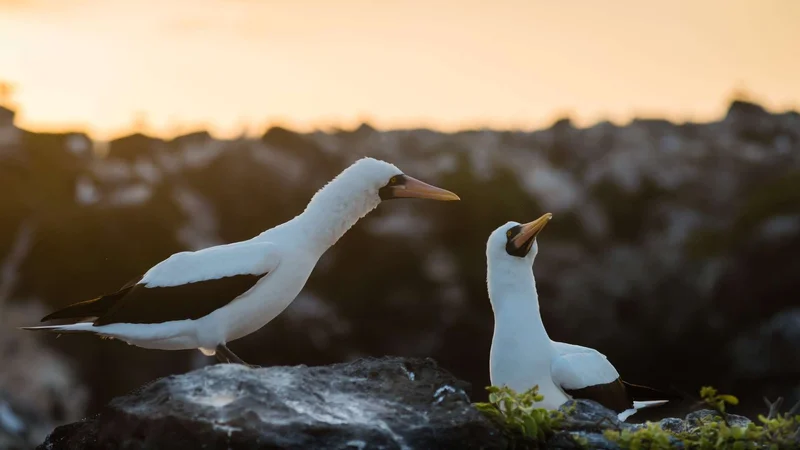

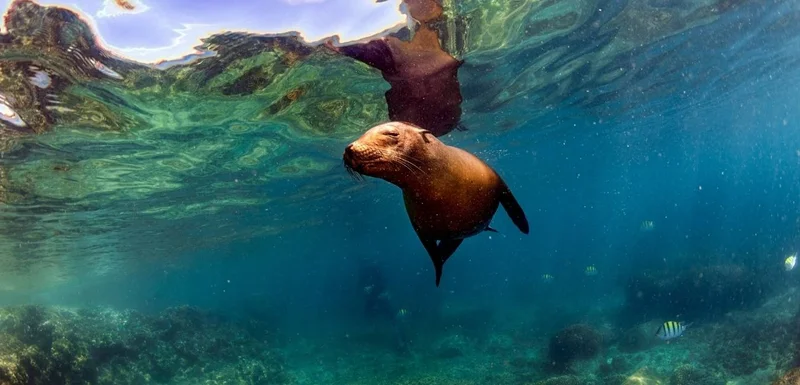
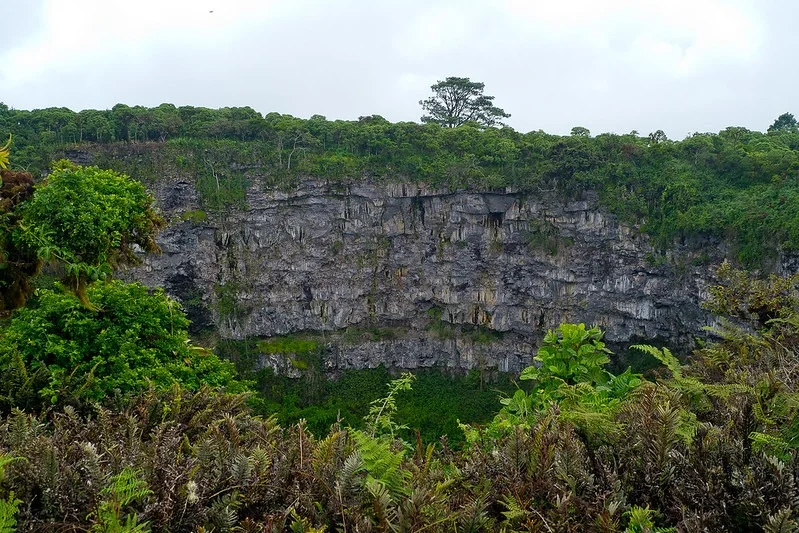

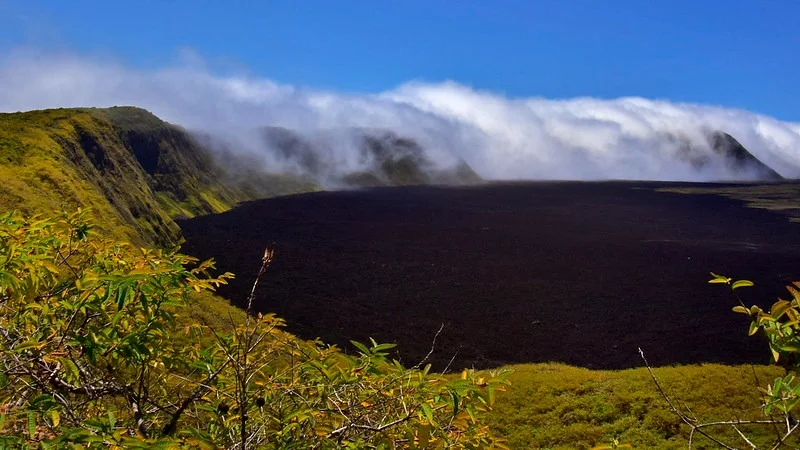


4 Day Galapagos Itinerary Includes
- Breakfast, Lunch and Dinner are on tour.
- Naturalist Bilingual Guide (English-Spanish).
- All the site detailed on the program (may chance due to force majeure)
- Snacks after visiting every site.
- Unlimited drinking water, tea & coffee.
- Airport-Dock, Airport-Itabaca Shuttle Service and vice versa (included only during operational dates).
4 Day Galapagos Itinerary Does not Include
- Airfare to and from Galapagos
- Galapagos National Park Entrance Fee USD 200, per person
- Snorkeling Equipment 5 Days: USD $25, per person – 8 Days: USD $35, per person
- Tips, Souvenirs or other expenses.
4 Day Galapagos Itinerary Highlights
- Arrive at Baltra Airport, visit Santa Cruz’s Hacienda Primicias to see giant tortoises.
- Explore Tintoreras, Isabela’s wetlands, and the historic Wall of Tears.
- Snorkel at Rabida Island and spot land iguanas at Santa Cruz’s Cerro Dragon.
- Paddle through Black Turtle Cove’s mangroves before departing from Baltra.
Itinerary Map

Reviews
Animals you might see on this itinerary:
More information about the Galapagos Islands you visit in this 4 day itinerary:
Itinerary A - Fragata Yacht
Why travel with us?
Similar Itineraries
